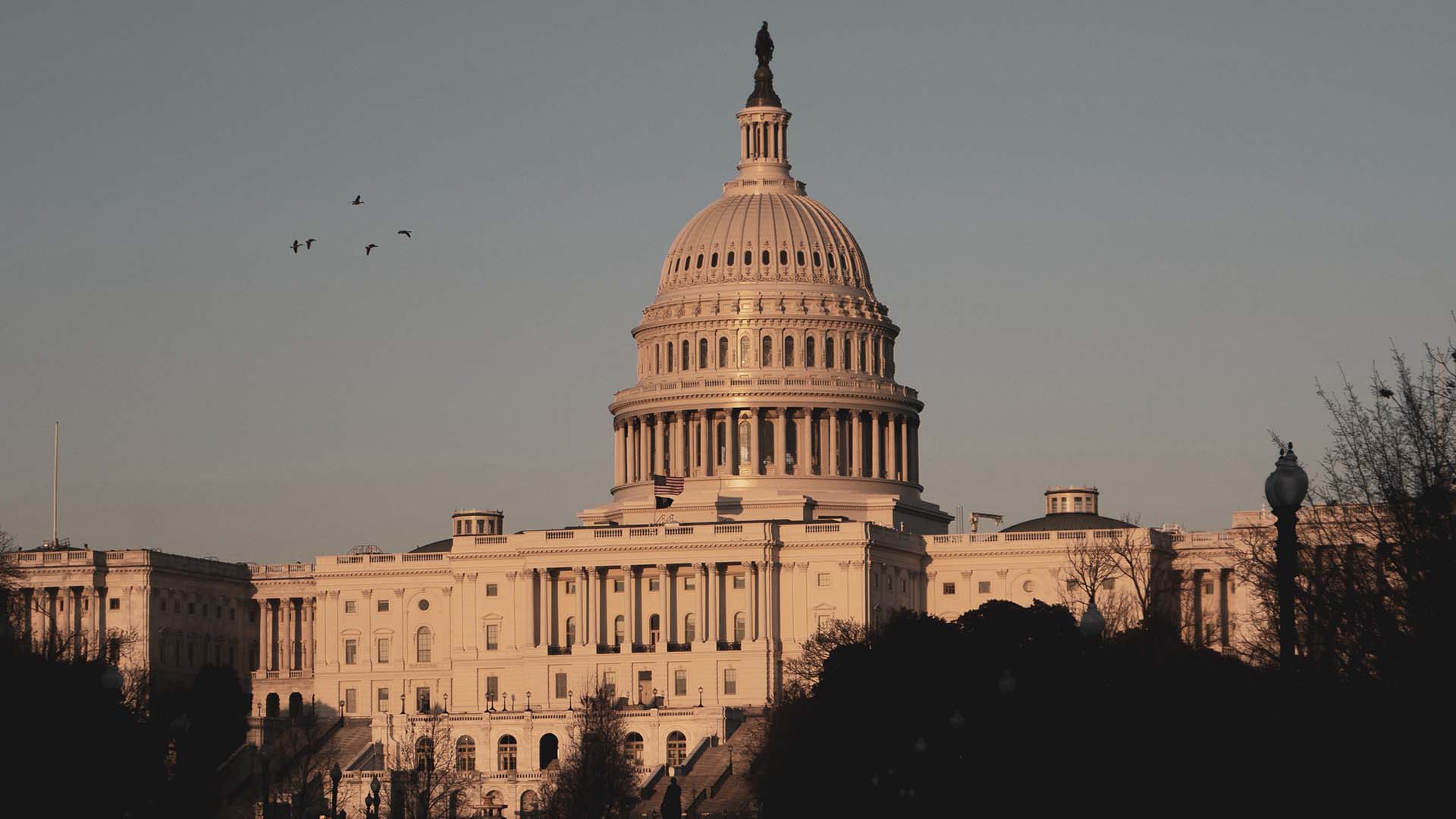Unlocking the Value of Combination Therapies

In recent years, U.S. policymakers have been considering reforms to tackle high and rising prescription drug spending, including unprecedented direct limits on prices and price growth for top-selling medicines. By affecting expected prices and revenues, this type of reform will impact biopharmaceutical companies’…
In recent years, U.S. policymakers have been considering reforms to tackle high and rising prescription drug spending, including unprecedented direct limits on prices and price growth for top-selling medicines. By affecting expected prices and revenues, this type of reform will impact biopharmaceutical companies’ incentives to innovate. However, the magnitudes and timings of impacts on the numbers of new drugs coming to market are unclear.
To inform policymaking in this area, the Congressional Budget Office (CBO) has developed an economic simulation model which can, in theory, be used to predict the effects of any policy that alters expected costs or returns from new drug development. Recently, the model has been used to evaluate the drug pricing provisions in the Build Back Better Act (BBBA). The CBO estimates that the policy will have minor negative effects on the number of new drugs coming to market, at least in the first three decades following implementation.
However, as we detail in this updated report, despite technical improvements made since it was first published, the modelling is oversimplified and significant uncertainty in the estimates remains. More fundamentally, CBO restricts attention to the numbers of new drugs coming to market, but the value, not the volume of innovation, matters most for patients. For these reasons and others which we expand upon in this report, policymakers should exercise caution when relying on this modelling approach to predict the impacts of real-world policy changes.
Limitations of CBO’s Simulation Model of New Drug Development as a Tool for Policymakers
